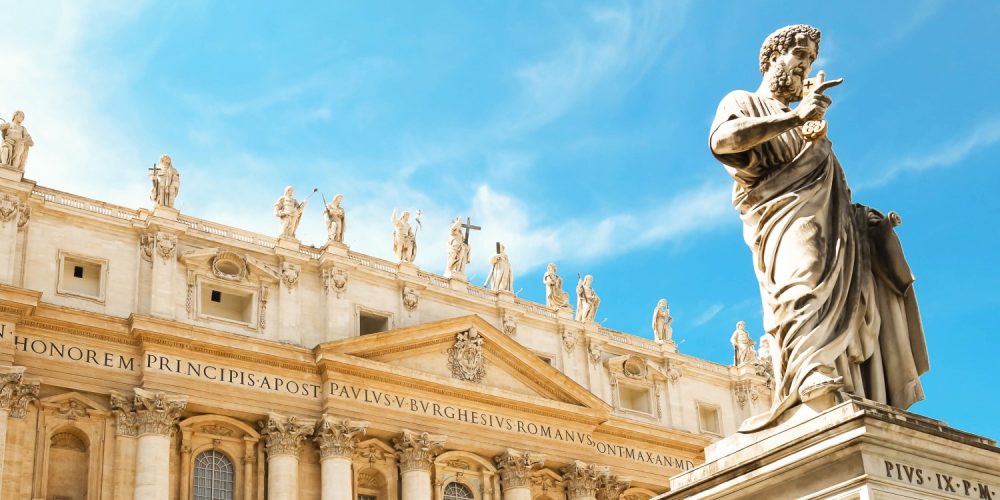
If you are planning a touristic stay in Rome, you might be wondering what is the minimum cost for such a trip. Rome is one of the most popular and beautiful cities in Europe, but it is also one of the most expensive. In this blog post, we will give you some tips and estimates on how to budget your visit to Rome without breaking the bank.
First of all, you need to consider the main expenses of your trip: accommodation, transportation, food, attractions, and tourist tax. Depending on your travel style and preferences, these costs can vary significantly. Here are some average prices for each category:
– Accommodation: Rome has a wide range of accommodation options, from hostels and bed and breakfasts to luxury hotels and apartments. The average price for a double room in a 3-star hotel is €177 ($194) per night, while a bed in a hostel dorm can cost as low as €26 ($28) per night. If you want to save money on accommodation, you can look for deals online, book in advance, or stay outside the city center and use public transportation to get around.
– Transportation: Rome has a good public transportation system that includes buses, trams, metro, and trains. A single ticket costs €1.50 ($1.65) and is valid for 100 minutes on any combination of buses and metro. You can also buy a 24-hour ticket for €7 ($7.70), a 48-hour ticket for €12.50 ($13.75), or a 72-hour ticket for €18 ($19.80). Alternatively, you can buy the Roma Pass, which includes unlimited public transportation and free or discounted entry to some attractions. A 3-day pass costs €36 ($39.60), while a 48-hour pass costs €28 ($30.80). If you prefer to explore the city by bike, you can join a bike tour for €35-€45 ($38.50-$49.50) or rent a bike for €10-€15 ($11-$16.50) per day. Taxis are also available, but they are expensive and often subject to traffic jams.
– Food: Rome is famous for its delicious cuisine, but eating out can be pricey if you don’t know where to go. The average cost of food per day is €47 ($52) per person, but you can reduce this amount by following some simple tips: avoid restaurants near tourist attractions, look for menus with fixed prices (menu fisso), eat at local trattorias or pizzerias instead of fancy restaurants, have breakfast at your accommodation or at a bakery (pasticceria), have lunch at a street food stall or a sandwich shop (paninoteca), and have dinner at home or at a self-service cafeteria (tavola calda). You can also buy fresh produce and groceries at local markets or supermarkets and cook your own meals if you have access to a kitchen.
– Attractions: Rome has countless attractions to offer, from ancient monuments and museums to churches and art galleries. However, most of them are not free and some require advance booking. The average cost of attractions per day is €18 ($19.80) per person, but this can vary depending on what you want to see and do. Some of the most popular and expensive attractions are: the Colosseum and Roman Forum (€24/$26.40), the Vatican Museums and Sistine Chapel (€27/$29.70), the Galleria Borghese (€13/$14.30), and the Capitoline Museum (€16/$17.60). You can save money on attractions by visiting some of the free ones, such as the Pantheon, Saint Peter’s Basilica, Basilica of St. John Lateran, or Trevi Fountain; by joining a free walking tour (but don’t forget to tip the guide); or by using the Roma Pass or other discount cards.
– Tourist tax: Rome charges a tourist tax to visitors staying overnight in any type of accommodation. The tax varies depending on the category of accommodation and the number of nights stayed. Visitors staying in 3-star hotels pay €6 ($6.60) per night, those staying in 2-star accommodation pay €5 ($5.50) per night, and 1-star hotel guests pay €4 ($4.40) per night. Guests at Rome bed and breakfasts pay €6 ($6.60) per night. The tax is not included in the price of accommodation and must be paid in cash upon arrival.
Based on these estimates, the minimum cost for a touristic stay in Rome for one person for one week is €581 ($639) if you travel frugally, or €881 ($969) if you travel comfortably. Of course, these costs can change depending on the season, the exchange rate, and your personal preferences. You can use online tools and apps to plan your budget and track your expenses more accurately. Rome is not a cheap destination, but it is definitely worth it!
Leave a Reply